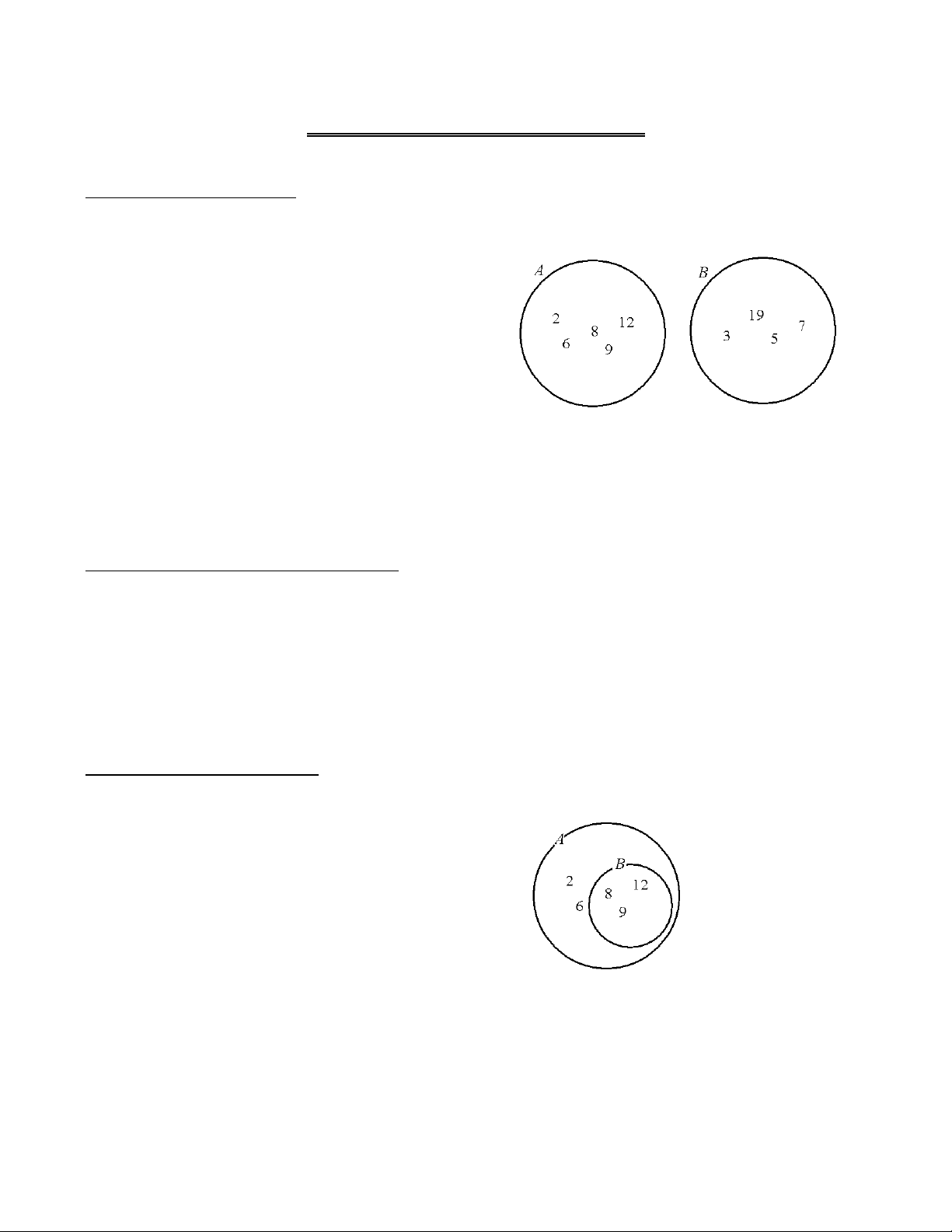


Study with the several resources on Docsity

Earn points by helping other students or get them with a premium plan


Prepare for your exams
Study with the several resources on Docsity

Earn points to download
Earn points by helping other students or get them with a premium plan
Community
Ask the community for help and clear up your study doubts
Discover the best universities in your country according to Docsity users
Free resources
Download our free guides on studying techniques, anxiety management strategies, and thesis advice from Docsity tutors
Addition and Subtraction of Whole Numbers: Definition and Properties, Study notes of Mathematics
The concept of addition and subtraction of whole numbers through set theory and the number line. It covers the formal definitions, properties, and examples of addition and subtraction, including closure, commutative, associative, and identity properties. It also discusses the necessity of sets being disjoint and the whole numbers for the addition and subtraction operations.
Typology: Study notes
1 / 1

This page cannot be seen from the preview
Don't miss anything!

Related documents
Partial preview of the text
Download Addition and Subtraction of Whole Numbers: Definition and Properties and more Study notes Mathematics in PDF only on Docsity!
Chapter 3. Section 1 Page 1
Section 3.1 – Addition and Subtraction
Homework (pages 104-105) problems 1-
Addition of Whole Numbers :
- Recall the notation n ( A ) means the number of elements in the set A
- Formal definition of addition of whole numbers : If A ∩ B = ∅ , the whole number a = n ( A ) and the whole number b = n ( B ), the a + b = n ( A ∪ B )
- Example A ∩ B = ∅ , n ( A ) = 5 and n ( B ) = 4 n ( A ∪ B ) = 9
- Why is it necessary for us to specify that A and B are disjoint?
- Why is it necessary for a and b to be whole numbers?
- We can also think of addition on the number line, where a + b is found by marking a on the number line, and then moving over b units (again, a and b are whole numbers)
Properties of Addition of Whole Numbers :
- Closure ‡ the sum of any two whole numbers is a whole number
- Example, page 104 number 3a and 3j. Are the sets closed under addition {0,10,20,30…} Yes A = { x | x is a whole number less than 17} No. 10 ∈ A ,12 ∈ A but (12 + 10) = 22 ∉A
- Commutative ‡ a + b = b + a
- Associative ‡ ( a + b ) + c = a + ( b + c )
- Identity ‡ a + 0 = 0 + a = a
Subtraction of Whole Numbers :
- Formal definition of subtraction of whole numbers : If B ⊆ A , the whole number a = n ( A ) and the whole number b = n ( B ), the a – b = n ( A − B )
- Example B ⊆ A. n ( A ) = 5, and n ( B ) = 3 n ( A – B ) = 2
- Subtraction using the missing-addend approach. This is the equivalent of saying what plus 8 is equal to 12? If the addition facts are clearly understood, this would result in an answer of 4 i.e. a + 8 = 12. a = 4 This is equivalent to 12 – 8 = 4

